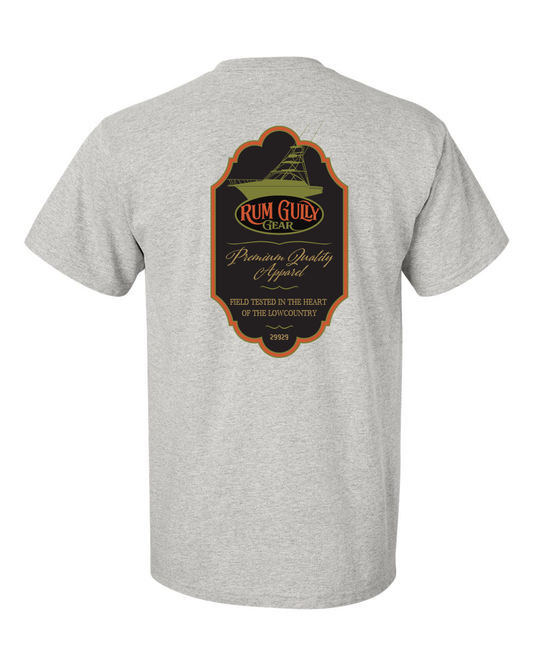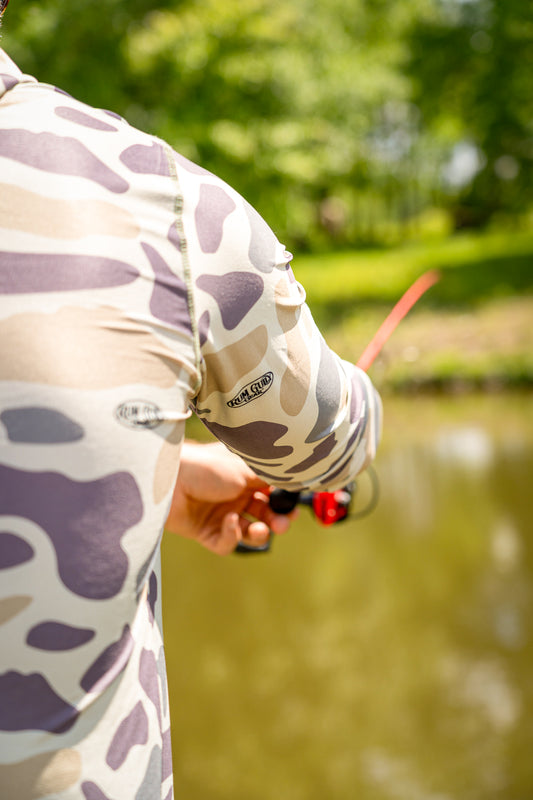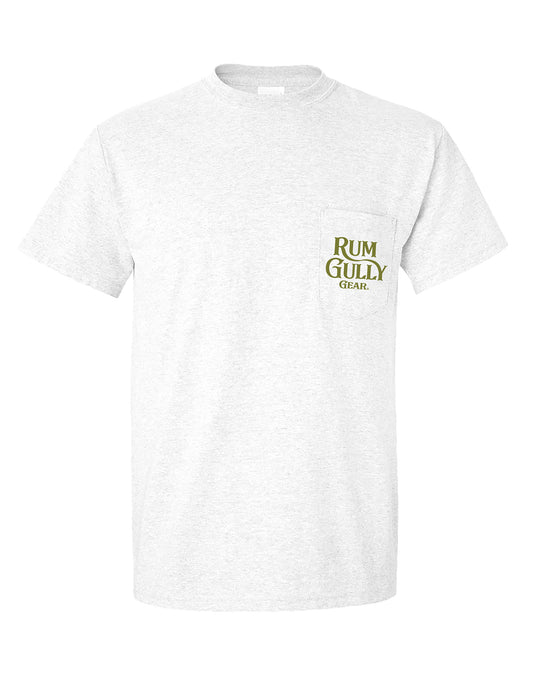Quail hunting is a game of patience and precision, but even the most experienced hunters can struggle with one common challenge: the covey rise. It's easy to get caught up in the chaos of a bunch of quail flying at once, wings flapping and birds darting in every direction. But here’s the secret: focus on just one bird at a time, even when it feels like the whole covey is in the air.
The key to success is treating each bird like a single shot. It’s tempting to take aim at the first bird you see, but you’ll have much better luck if you stay calm and aim for that one bird, even as the others scatter around you.
Quail hunting isn’t like the old-school paintings where the birds rise right under the dog’s nose. Instead, they tend to flush several feet away from where the dog is pointing. So, picture yourself shooting out front, anticipating where the birds are going, and staying one step ahead of the game.
Walking into the wind? That’s a trick of the trade. Quail won’t hear you coming when you’re walking with the wind, but your pointer will have a much easier time catching the scent. This helps you lock onto where the covey is hiding, making your shot that much easier.
Of course, safety first. Always keep your safety on until you’re ready to shoot, and be mindful of your surroundings and the other hunters in your group. Avoid shooting behind you or across another hunter’s line of sight. The golden rule: always shoot in front of you, and never take a shot more than 90 degrees from the person standing next to you.
Another big no-no: shooting low-flying quail. This is dangerous for both you and the dogs—especially if you’ve got a young dog in training. Wait for the birds to rise higher before pulling the trigger.
Don’t be fooled by distance either—many hunters think 30 to 35 yards is too far for a kill shot. But in reality, quail are often within your range, even from that distance. A lot of birds get hit within 60 feet, so don’t sell yourself short next time you’re out there.
If your dog is pointing for a second, then moving ahead, then pointing again, it’s a sign that the birds are running ahead of you. Do your best to stay with your dog as they lead the way, because that covey could flush wild and way ahead of you.
Finally, don’t get distracted by the downed birds right after the covey rise. Keep your eyes on the rest of the flock. Birds often change direction mid-flight, so watch where they go to improve your chances of catching one in the air.
Stay sharp, stay patient, and remember—quail hunting is as much about strategy as it is about skill. Happy hunting!









